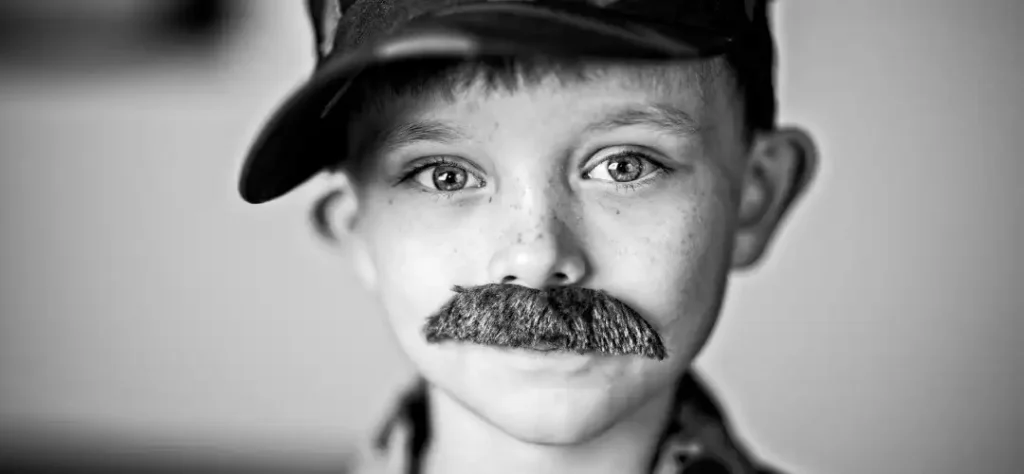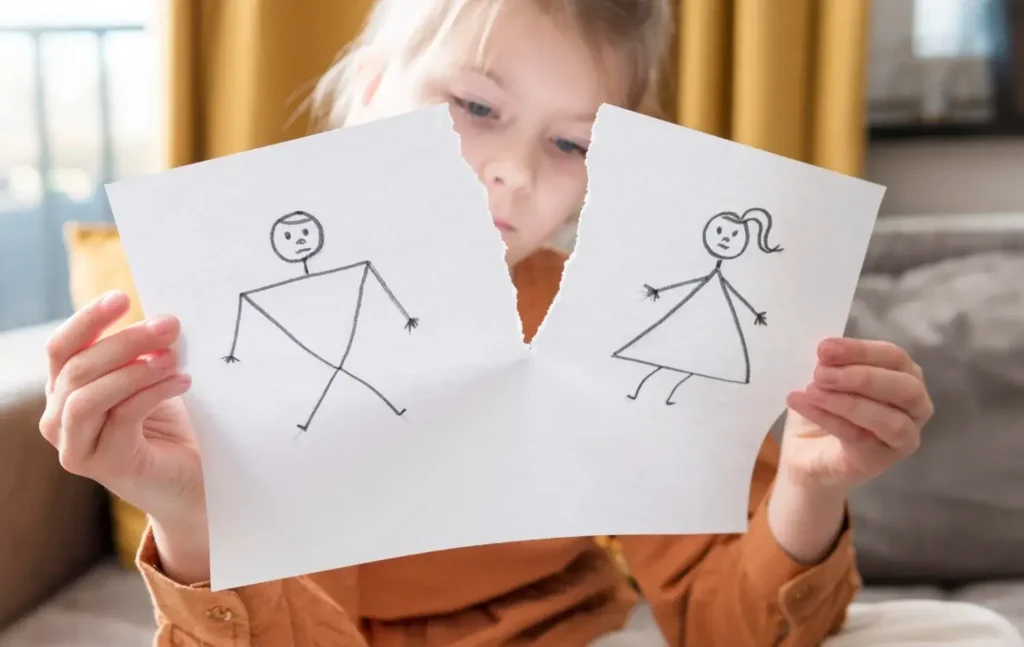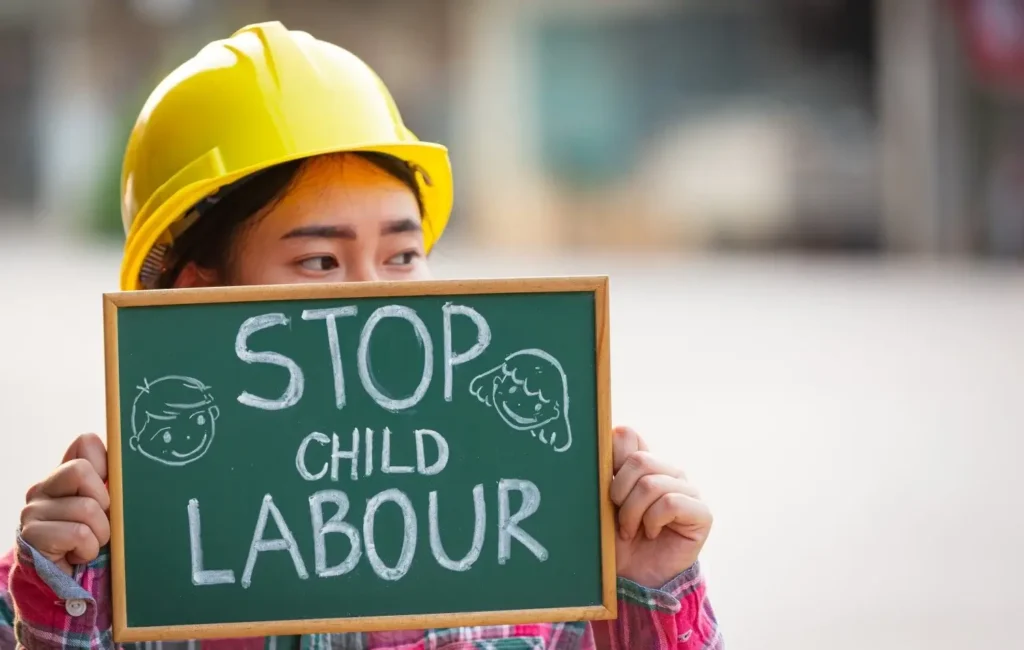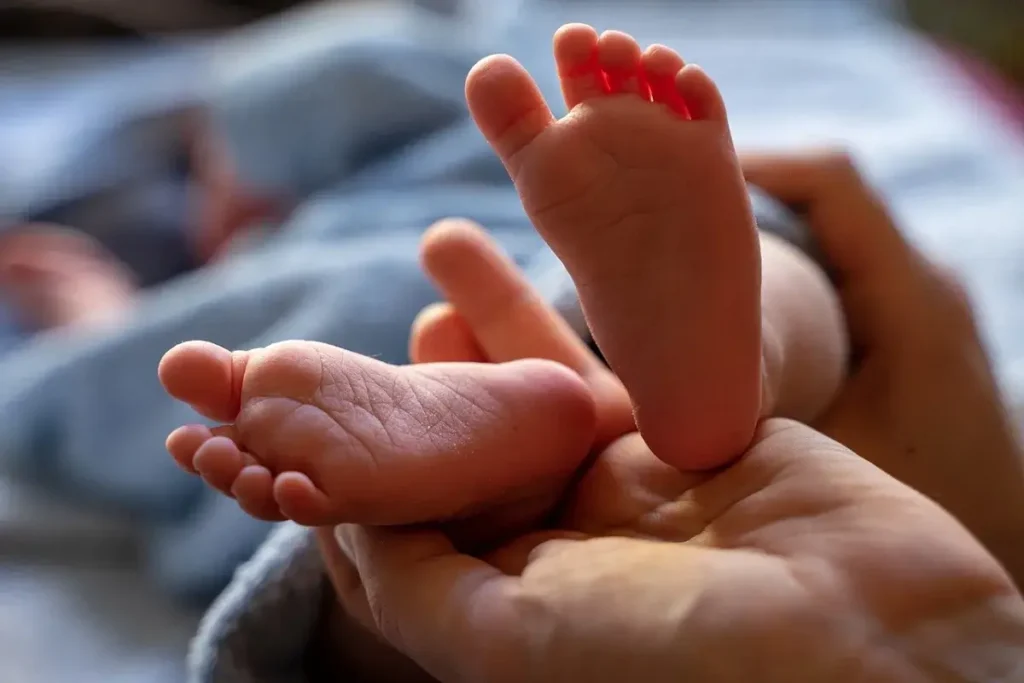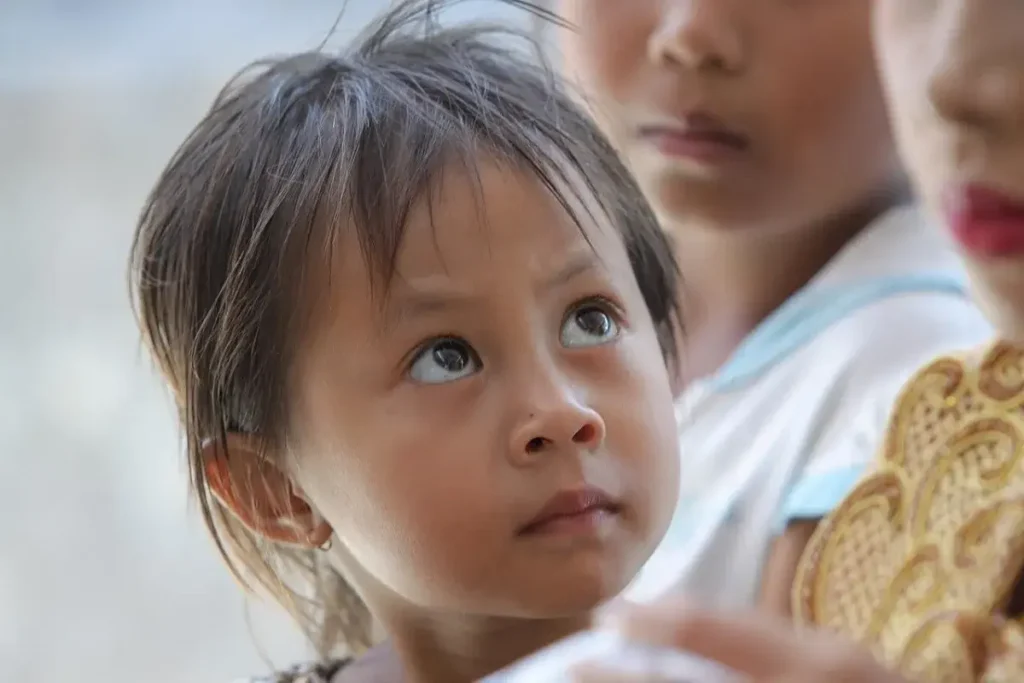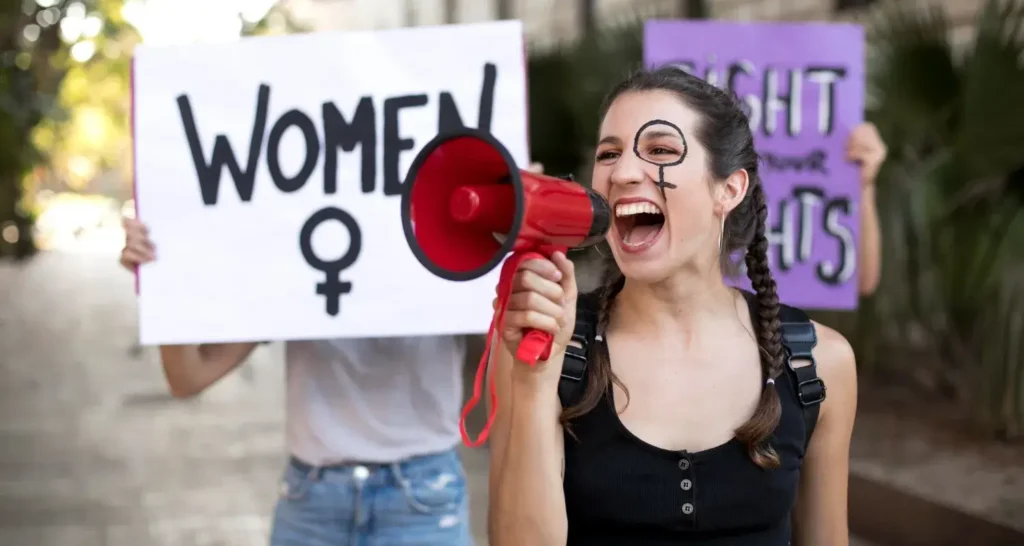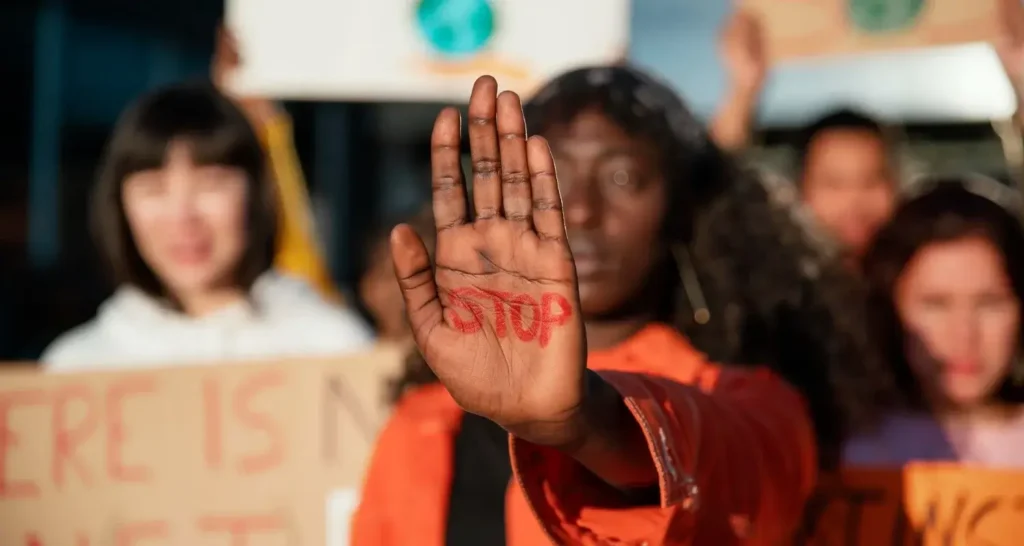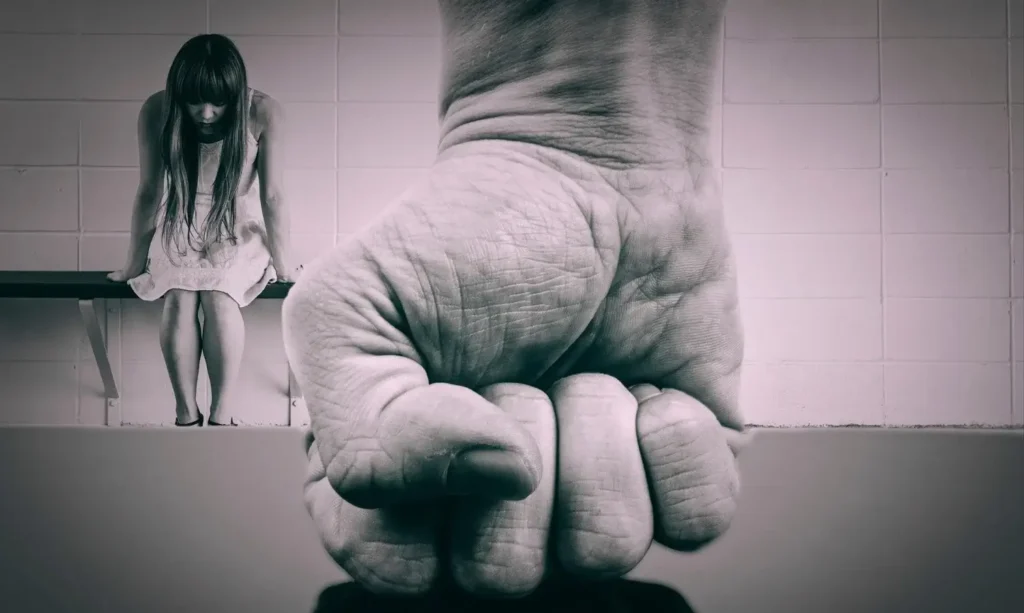Growing up, I never fully understood child labor laws. My grandfather told me about working in factories as a teenager, before laws protected kids. His stories made me curious about child rights in the United States.
Child labor is where social protection, economic chance, and ethics meet. Knowing these laws is key to keeping young workers safe. It ensures they get to learn, grow, and have a bright future.
In the United States, we have strong laws to protect kids at work. These rules set limits on how old you can be and how many hours you can work. They also ban certain jobs that are too dangerous for kids.
By making these rules, the government tries to find a balance. It wants to give kids a chance to work while also focusing on their education and growth.
Key Takeaways
- Child labor laws protect minors from workplace exploitation
- Regulations balance work opportunities with educational development
- Age and hour restrictions are critical components of child worker protections
- Legal frameworks have evolved significantly over decades
- Child rights remain a dynamic and important social issue
Understanding the History of Child Labor in America
The story of child labor in America is complex. It involves economic survival, industrial growth, and social change. In the late 19th and early 20th centuries, child labor became a big issue. It shaped the nation’s workforce and social policies.
Child labor facts show a harsh reality during the Industrial Revolution. Thousands of children, as young as five or six, worked in dangerous places. They worked in factories, mines, and farms. The statistics from this time are very sad.
The Industrial Revolution’s Impact on Child Workers
The Industrial Revolution changed how children worked. Factories and mills started hiring young workers. They were small and earned less money.
These facts show big problems in the workplace:
- Children worked up to 12-14 hours daily
- Wages were significantly lower than adult workers
- Safety regulations were minimal or non-existent
Early Reform Movements and Social Change
Progressive reformers started to fight against child labor. Activists like Lewis Hine took powerful photos of bad working conditions. These photos helped raise awareness about child labor and exploitation.
Key Historical Legislation Development
Important laws started to change child labor rules. The key milestones were:
- 1938 Fair Labor Standards Act
- State-level age restriction laws
- Comprehensive workplace safety regulations
“The protection of child workers represents our commitment to human dignity and future generations.” – Labor Rights Historian
These laws helped create today’s child labor protections. They show how society’s views on children’s rights and safety have changed.
Federal Child Labor Laws and Regulations Today
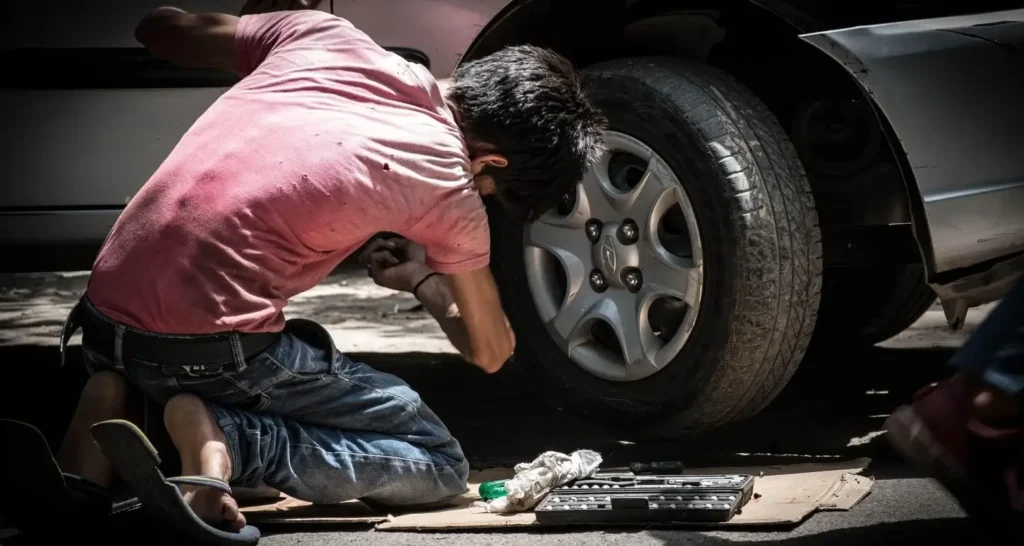
It’s important to know about federal child labor laws to protect young workers in the U.S. The Fair Labor Standards Act (FLSA) is the main law for child labor. It sets rules to keep minors safe at work.
Some key points of today’s child labor laws are:
- Minimum age rules for jobs in different fields
- Rules on how many hours young people under 16 can work
- Rules to protect school time
- Jobs that are too dangerous for young workers
The Department of Labor makes sure these laws are followed closely. Teenagers looking for jobs need to know these rules. The rules change based on age, job type, and industry.
Employers must follow these laws carefully. Breaking these laws can lead to big fines and legal trouble. These laws aim to keep young workers safe, healthy, and able to learn.
“Protecting young workers is not just a legal requirement, but a moral responsibility” – U.S. Department of Labor
States also have their own child labor laws to add extra protection. This way, young workers are safe in many different work places.
Age Restrictions and Working Hour Limitations
Child labor laws in the United States protect young workers in various industries. These laws ensure minors’ safety and educational growth in the workforce.
Legal rules for youth jobs vary by industry. Agriculture has its own set of rules.
Minimum Age Requirements by Industry
Each industry has its own age limits for young workers. The minimum age is usually 14, but it can vary:
- Retail and service sectors: Minimum age of 14
- Manufacturing: Generally 16 years or older
- Child labor in agriculture: More flexible regulations
School Hours and Work Schedule Restrictions
Minors’ work schedules are set to avoid school conflicts. Important rules include:
- Limited hours during school days
- Prohibited work during school hours
- Maximum weekly work hours for students
Special Provisions for Entertainment and Agriculture
Agriculture has special rules for young workers. It recognizes the role of family farms. Entertainment also has rules for child performers.
These rules aim to balance work and education. They ensure young workers are protected and well.
Dangerous Occupations and Prohibited Work Activities
Child labor in sweatshops is a big worry for workplace safety. The United States has strict rules to keep young workers safe. These rules help protect their health and well-being.
Some jobs are too risky for kids. They need strong safety plans. Here are some jobs kids can’t do:
- Operating heavy machinery
- Working with hazardous chemicals
- Performing tasks in mining environments
- Handling explosive or radioactive materials
- Engaging in construction work
Working in sweatshops can be very dangerous for kids. It can hurt their bodies and minds for a long time. Laws are in place to stop kids from getting hurt or being taken advantage of.
Young workers face big risks in certain jobs. These include:
- Manufacturing environments with complex machinery
- Warehouses with heavy lifting requirements
- Agricultural settings involving dangerous equipment
The Occupational Safety and Health Administration (OSHA) helps set and enforce these rules. They make sure kids aren’t put in harm’s way.
Protecting youth from dangerous work environments is not just a legal requirement, but a moral imperative to safeguard future generations.
Child Labor Enforcement and Monitoring Systems
Keeping young workers safe is a big job in the United States. It needs strong laws and a team effort to watch over kids at work. Many government groups work together to protect children’s rights and keep them safe.
It takes teamwork between the federal and state governments to enforce child labor laws. Each level of government is key to making sure kids are protected at work.
Department of Labor’s Oversight
The U.S. Department of Labor leads in enforcing child labor laws. They do many important things, like:
- Checking workplaces
- Looking into possible law breaks
- Helping employers learn about the rules
- Keeping track of child labor issues
State-Level Enforcement Strategies
State agencies help the federal government by focusing on their own areas. They use different ways to enforce child labor laws, such as:
- Setting up special teams to investigate
- Creating rules that go beyond federal laws
- Working with schools
Reporting and Compliance Mechanisms
There are many ways to report if you think a child is being mistreated at work. Anonymous reporting systems let people like workers, parents, and neighbors tell authorities about problems.
Companies that don’t follow the rules face big penalties. These can include:
- Big fines
- Legal trouble
- Training for employees
- Even losing their business license
International Standards and Global Child Labor Policies
Understanding global child labor policies is key to seeing how we protect kids worldwide. The United States is a big player in fighting child labor and trafficking globally.
International groups have made detailed plans to tackle child labor worldwide. The International Labor Organization (ILO) has set up global rules that many countries, like the U.S., follow.
- United Nations Convention on the Rights of the Child
- ILO Conventions on Minimum Working Age
- Global Framework for Eliminating Worst Forms of Child Labor
The U.S. has signed many global agreements to fight child labor. These deals aim to stop child trafficking and keep kids safe from harm. Knowing about these policies shows how important it is for countries to work together.
U.S. child labor laws are often stricter than those in poorer countries. Multinational corporations are now expected to show they don’t use child labor in their supply chains.
Protecting children is a global responsibility that transcends national boundaries.
Working together globally is essential to fight child labor. By backing international rules, the U.S. shows it’s serious about keeping kids safe everywhere.
Impact of Child Labor on Education and Development
Child labor is a big problem for kids’ education and growth. It stops them from reaching their full academic and personal abilities.
Academic Performance Effects
Child labor greatly affects how well kids do in school. They often:
- Miss more school
- Have less time to study
- Do worse in school
- Are more likely to drop out
“Education is the most powerful weapon which you can use to change the world.” – Nelson Mandela
Physical and Mental Health Consequences
Child labor also harms kids’ health. They face physical and mental stress that can stop them from growing right.
- Stunted physical growth
- Increased risk of workplace injuries
- Mental health challenges
- Chronic fatigue and exhaustion
Long-term Career Implications
Child labor’s effects last a lifetime. It can change a child’s future career path, limiting their education and job chances.
It’s important to understand these issues to protect kids from exploitation. This way, we support their full development and future success.
Rights and Protections for Working Minors

Working as a young person can be tough. Knowing your rights is key to keeping yourself safe and ensuring a fair work place. The U.S. has strong laws to protect minors at work.
Some important rights you have include:
- Guaranteed minimum wage protection
- Restrictions on hazardous work environments
- Limited work hours that don’t get in the way of school
- Protection from workplace discrimination
- Right to safe working conditions
Laws at both the federal and state levels set rules to stop exploitation. These rules make sure your education comes first. Work should help your learning, not take its place. Employers must follow strict rules about the jobs and hours young workers can have.
Key protections cover fair wages, safe workplaces, and keeping education a priority. The Department of Labor makes sure these rights are followed. If your rights are being ignored, you can speak up.
“Every young worker deserves respect, safety, and the chance to grow both in their career and education.”
Your rights are more than just laws. They protect your well-being and future. Knowing and standing up for these rights helps you have good work experiences as a young person.
Modern Challenges in Preventing Child Labor Exploitation
The digital age has changed how we fight child labor exploitation. New work settings and technologies bring hidden risks to young workers.
Child exploitation now goes beyond old-fashioned workplaces. It’s found in digital spaces and online worlds. Young people face risks we couldn’t imagine a decade ago.
Digital Age Work Environments
Today’s work settings bring new challenges in stopping child trafficking. Online platforms and social media open doors to exploitation:
- Remote content creation
- Digital influencer roles
- Unregulated online marketplaces
- Virtual gig economy platforms
Underground Economy Issues
The underground economy makes it hard to spot and stop child labor exploitation. Informal jobs often skip rules, making it tough to keep an eye on them.
- Unregistered family businesses
- Cash-based employment
- Informal service industries
- Decentralized work arrangements
Trafficking Prevention Measures
Stopping child trafficking needs a mix of tech, social, and economic solutions. Important steps include:
- Enhanced digital monitoring systems
- Cross-border collaboration
- Increased awareness campaigns
- Strict legal enforcement
Keeping kids safe from exploitation means we must keep up with new tech and economic changes.
Conclusion
Child labor laws are key to keeping young workers safe in the United States. They help protect the rights of children in the workplace. These laws show our society’s dedication to keeping young people safe from harm.
Knowing about child labor laws is important. It helps stop violations and keeps kids out of dangerous jobs. Parents, teachers, and bosses need to work together to make sure kids are treated fairly and can keep learning.
Stopping child labor is an ongoing fight. As jobs change with new technology, laws need to keep up. Staying updated on these laws and supporting groups that fight for kids’ rights is essential.
By focusing on the safety and growth of young workers, we can build a fairer workplace. Your help and understanding are vital for making a better future for all children.
FAQ
What is the minimum age for working in the United States?
In the U.S., most kids can start working at 14. But, some jobs need you to be 16 or 18. This is true for jobs that are dangerous, like working in construction or factories.
Are there different rules for agricultural work?
Yes, there are special rules for farm work. Kids can work on their family’s farm at a younger age. But, there are safety rules to follow, even for farm jobs.
How many hours can minors work during the school year?
Kids aged 14 and 15 can work up to 3 hours on school days. They can work 18 hours a week. Kids 16 and older have fewer rules but must focus on school too.
What types of jobs are completely prohibited for children?
Kids can’t do jobs that are too dangerous. This includes mining, using heavy machines, and jobs with chemicals or extreme weather.
How can child labor violations be reported?
If you see child labor violations, report them. You can call the U.S. Department of Labor or visit their website. You can also contact your state’s labor department.
Do child labor laws apply to family businesses?
Yes, child labor laws apply to family businesses too. There are exceptions for farm work. But, kids can’t do dangerous jobs, and they must go to school.
What international standards exist for child labor?
The International Labor Organization (ILO) has set global rules. These rules protect kids from being exploited. They include rules on minimum age and worst forms of child labor.
How do child labor laws impact education?
Child labor laws help kids focus on school. They limit work hours on school days. This ensures kids can do well in school and learn.
What are the consequences for employers who violate child labor laws?
Employers who break these laws face big penalties. They could get fined thousands or even hundreds of thousands of dollars. They might also face criminal charges.
How have child labor laws evolved over time?
Child labor laws have changed a lot. They went from no rules to strict laws that protect kids. Now, laws focus on kids’ safety, education, and well-being.


